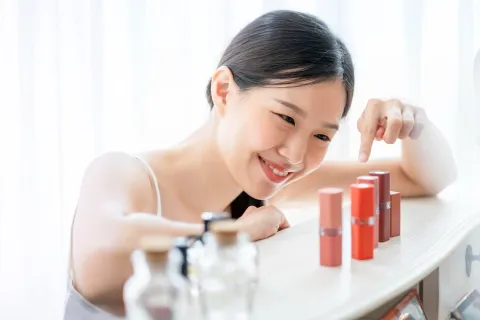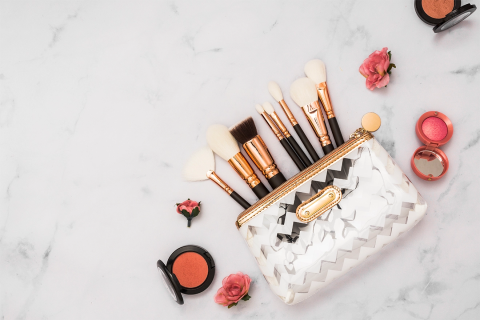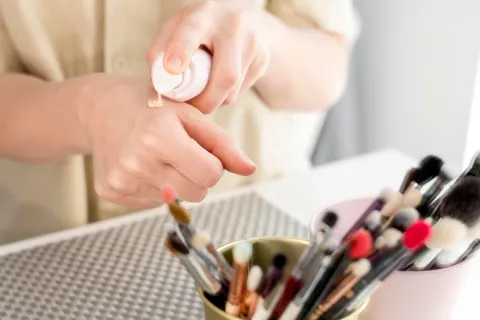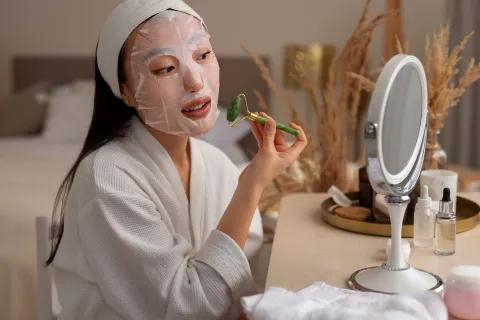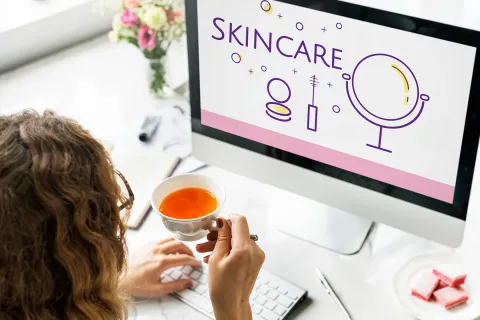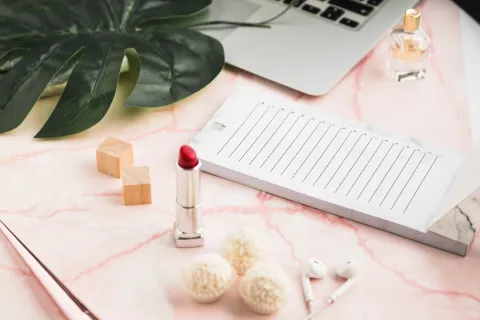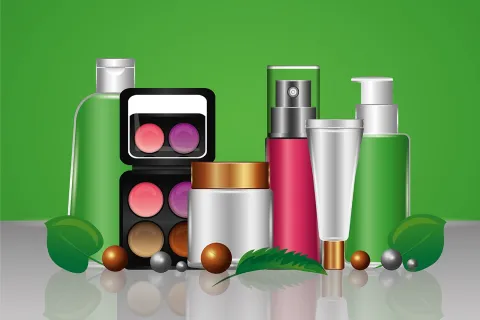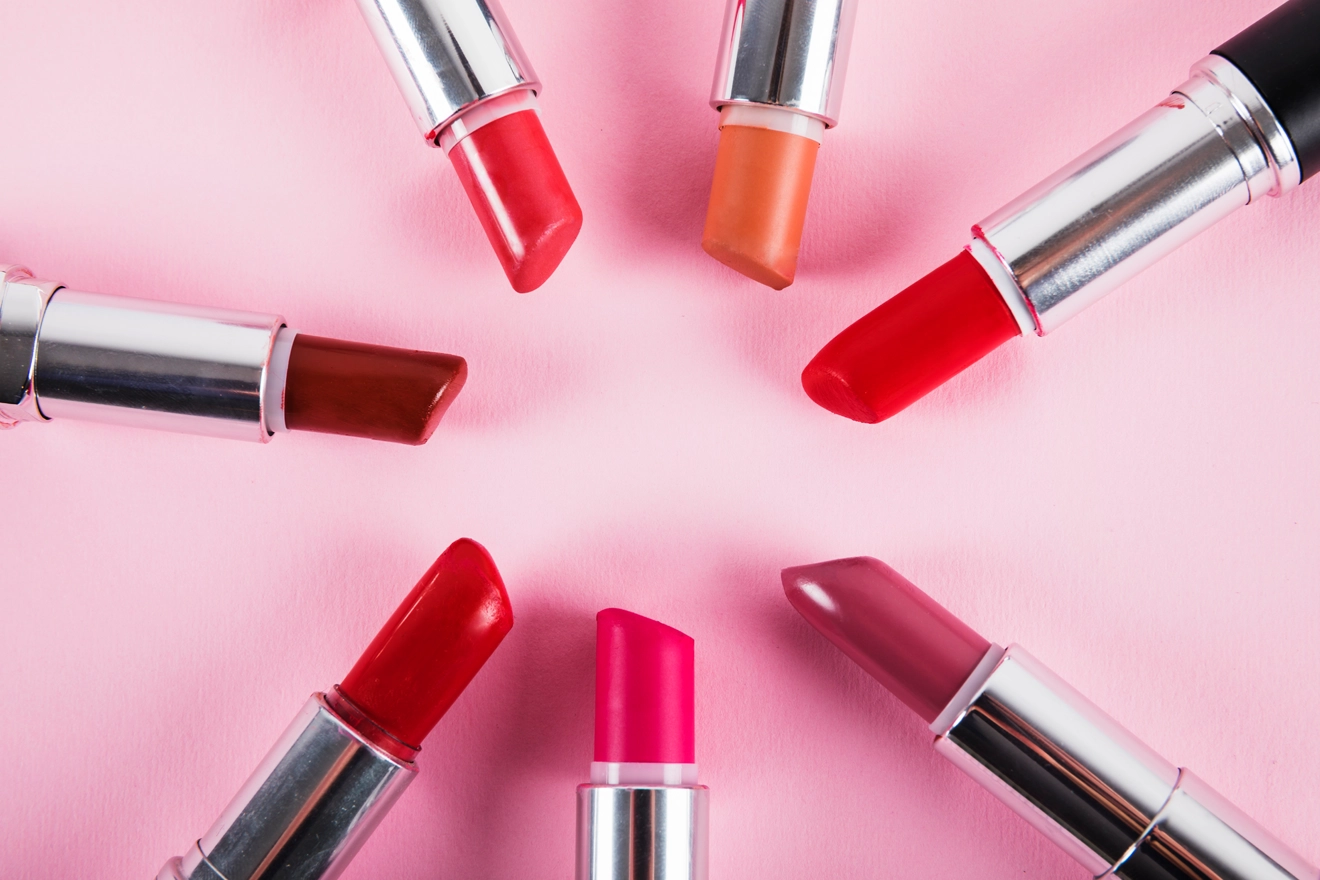
Over the recent years, there have been concerns about the usage of aluminium in cosmetics and other products such as antiperspirants, toothpaste and lipsticks that come into contact with the human skin. In relation to the same, the European Commission's Scientific Committee on Consumer Safety (SCCS) released its opinion in March 2020. Later on, in December 2020, the SCCS released an addendum in which the recommended safe use level for lipsticks was raised to 14%.
The SCCS recognises that the continuous exposure to aluminium via daily applications of cosmetic products does not add significantly to the systemic body. Exposure to aluminium can also occur from sources other than cosmetic products, such as the diet. However, the dietary intake was not taken into account in this assessment.
The SCCS clarifies various toxicity levels, a few of them are as follows:
- Acute Oral Toxicity: The acute oral toxicity of the aluminium compounds is moderate to low, for which the data is available.
- Skin Irritation: Application concentrations of aluminium compounds in antiperspirants will not lead to skin irritation in consumers.
- Skin Sensitization and Dermatitis: The available animal studies show that aluminium compounds used in antiperspirants are not skin sensitising. Also, there is limited evidence that aluminium compounds can cause contact allergy in humans. However, taking into account the widespread uses of these compounds, the SCCS considers this to be a rare phenomenon.
- Carcenogency: Aluminium from aluminium compounds is not considered to have potential carcinogenicity.
In a nutshell, the recommended safe use level of aluminium in lipsticks is up to 14%. Hence, manufacturers need to stay updated with the latest Regulatory trends. Are your cosmetic products aligned with the safe use level of aluminium? Evaluate now with expert consultation.
